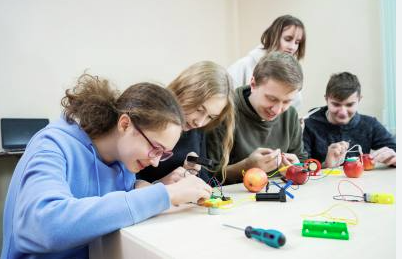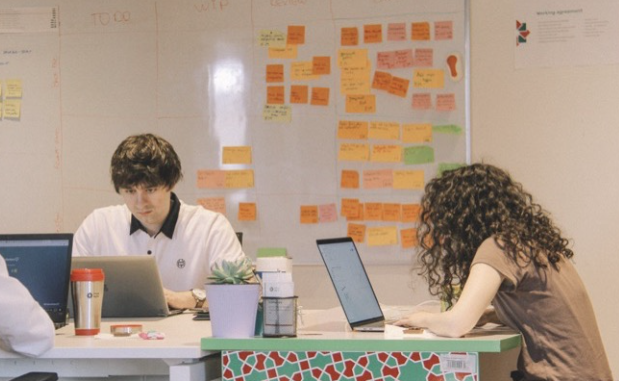Learning doesn’t always have to be a solo journey. In fact, working together with others can often make learning easier, more enjoyable, and even more effective. Collaboration helps learners exchange ideas, solve problems as a team, and gain new perspectives that they might not discover on their own.
Whether you’re a student, teacher, or lifelong learner, here are practical and positive ways to use collaboration to boost your learning.
1. Share Knowledge and Skills
Everyone has strengths. Some students are great at math, while others shine in writing or science. By working together, learners can teach each other, filling in gaps and reinforcing what they know. Teaching someone else is also one of the best ways to deepen your own understanding.
2. Join or Start a Study Group
Study groups are a simple and powerful way to collaborate. Being part of a small, focused group helps you stay motivated, ask questions, and hear how others understand the same material. Try setting group goals, assigning topics, and rotating who leads each session to keep things balanced.
3. Use Online Tools for Group Work
Thanks to technology, learners can now collaborate from anywhere. Free tools like Google Docs, Zoom, and shared whiteboards make it easy to study, brainstorm, and work on projects together. These tools encourage communication and keep everyone organized, even when learning remotely.
4. Practice Active Listening
Collaboration isn’t just about talking — it’s about listening, too. When others share their thoughts or ask questions, give your full attention. Active listening helps build mutual respect and leads to better understanding. You might even learn something you hadn’t thought about before.
5. Encourage Open and Friendly Communication
In a learning group, it’s important to create a space where everyone feels comfortable sharing ideas. Avoid interrupting, stay open-minded, and use friendly language. Kindness and respect make the learning environment more inviting and productive for everyone involved.
6. Work on Group Projects with Clear Roles
When doing a group assignment, clearly divide tasks so each person knows what they’re responsible for. This prevents confusion and makes teamwork smoother. Collaboration doesn’t mean everyone does everything — it means everyone contributes in a meaningful way.
7. Solve Problems Together
Working with others can be especially helpful when you’re stuck. If a concept is confusing, talking it through with someone can make all the difference. Group brainstorming also leads to more creative solutions, since multiple minds bring more ideas to the table.
8. Give and Receive Feedback
Learning is about growing, and feedback plays a big role in that. Be open to gentle suggestions from your peers, and also offer helpful comments when asked. Positive, respectful feedback can help everyone improve — and it builds stronger, more confident learners.
9. Learn from Different Perspectives
One of the best parts of collaboration is hearing different opinions and ways of thinking. Whether it’s a new method for solving a problem or a unique view on a story, seeing things from another angle can expand your understanding and open your mind to new possibilities.
10. Reflect on What You Learned Together
After a group study session or project, take a moment to reflect. What worked well? What could be better next time? Reflecting helps you recognize the value of collaboration and apply those lessons to future learning experiences.
Final Thoughts
Collaboration isn’t just about working in a group — it’s about growing together. When learners come together to share ideas, support one another, and solve problems, the results are powerful. It builds not only stronger academic skills but also communication, confidence, and teamwork.
By using collaboration as part of your learning routine, you can turn studying into a shared, supportive, and more enjoyable experience.


